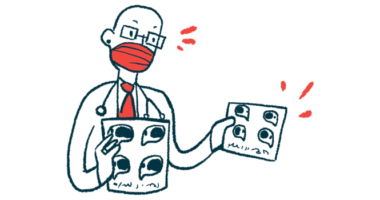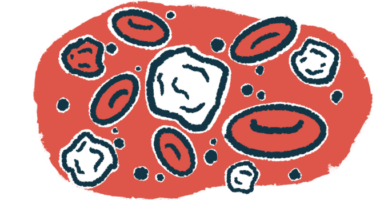Living With Batten Disease
Aids and Adaptations
Batten disease is characterized by a progressive loss of vision, decline in motor skills, cognitive impairment, and difficulty speaking. The loss of these important skills requires adaptations in everyday life, at home and school. Specialized equipment also can help overcome challenges patients may face in their daily routines.
Education
Once a child has been diagnosed, it is essential to discuss Batten disease with staff at their school. Where possible, individual educational plans to meet the needs of the child should be made. Teachers and other staff members will need to be aware of the condition, so they can provide support and assistance as necessary.
Sleep
Many patients with Batten disease experience some type of sleep problem. The most common sleep disorders experienced by those with Batten disease are waking up in the middle of the night and nightmares. Children with Batten disease may be particularly resistant to returning to sleep, a phenomenon referred to as settling problems.
Vision
Partial or complete loss of vision often develops in patients who have childhood forms of Batten disease, while it is usually preserved in those with adult-onset Batten disease. Deteriorating vision is often the first sign of Batten disease and usually begins around the age of 5, with blindness occurring by 6 years old.
Tube Feeding
Nutritional assistance, such as a feeding tube, can help manage malnutrition and dehydration that may occur in patients with Batten disease. A feeding tube is a device used to deliver essential nutrients and liquids directly into a patient’s stomach or intestines. The contents of the feeding tube can be tailored to meet the nutritional needs of the patient.






